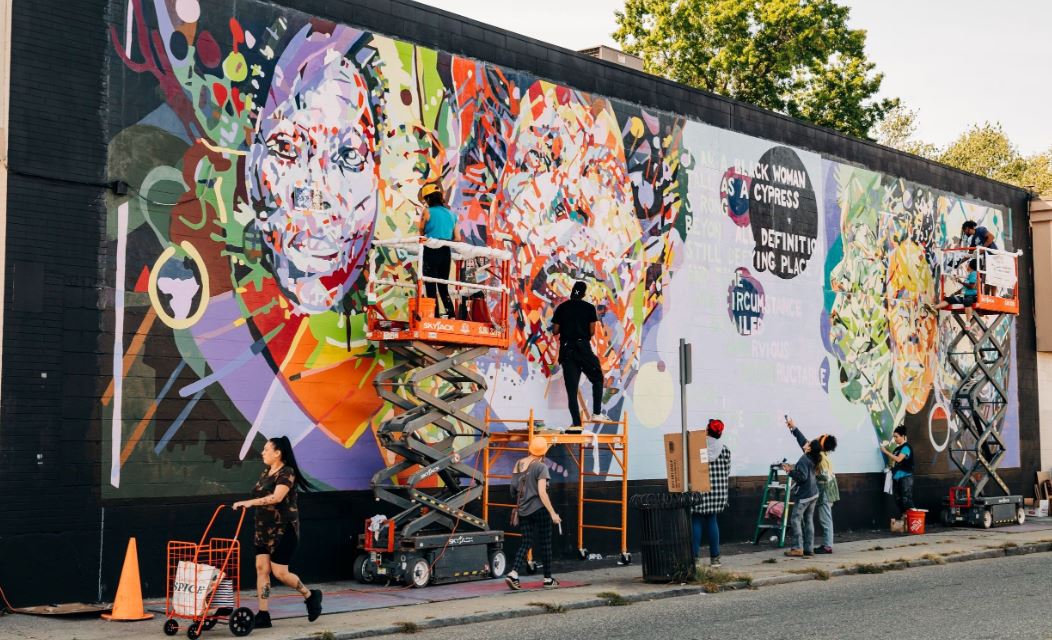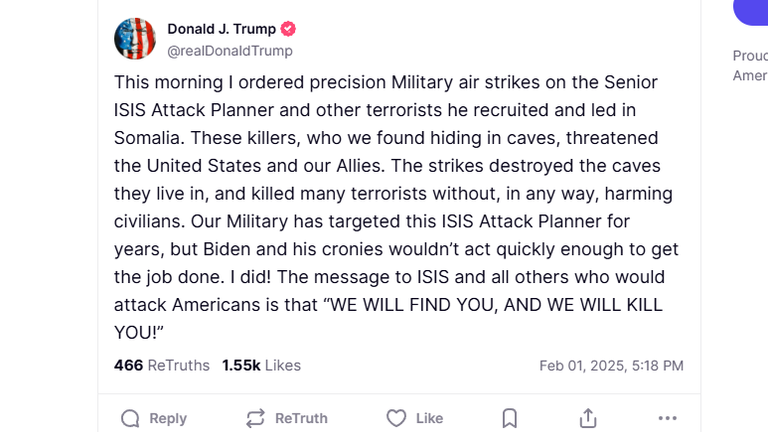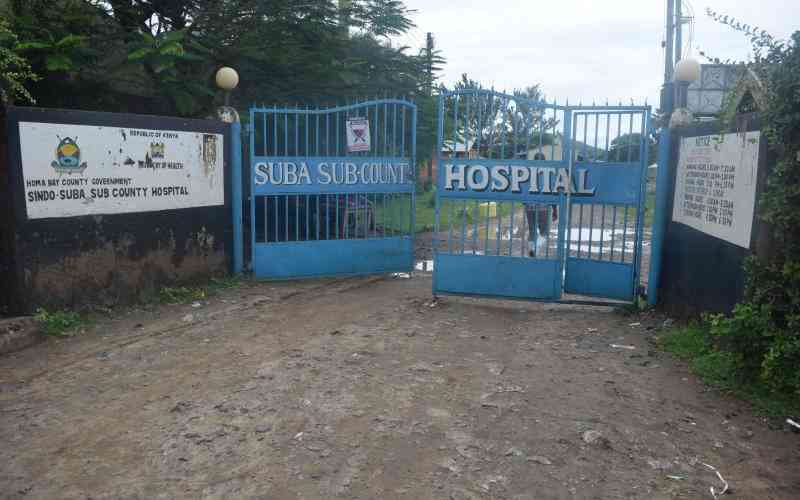 Public art is vital in today’s digital world, just like having a 22Bet login. It encourages in-person connections and strengthens community ties. Public art initiatives, from murals to interactive installations, shape urban redevelopment.
Public art is vital in today’s digital world, just like having a 22Bet login. It encourages in-person connections and strengthens community ties. Public art initiatives, from murals to interactive installations, shape urban redevelopment.
They also affect community identity and public involvement. These artistic pursuits beautify spaces and improve community well-being. They foster meaningful relationships among residents.
Strengthening the Identity of the Community
A community’s distinct character can be effectively expressed and reinforced through public art. Communities can show pride through art that reflects their history, culture, and ideals. For example, murals of historical events or local myths tell a story.
They inform locals and tourists about the area’s history. When people see their stories in public spaces, it fosters a shared identity. This, in turn, promotes harmony and a sense of belonging.
Also, by highlighting a community’s diverse cultural roots, public art may promote diversity. Public art initiatives can celebrate the diverse public. By combining art forms and topics, they can foster inclusivity and understanding.
This celebration of diversity enhances the community’s culture. It values each member’s contributions and strengthens social ties.
Encouragement of Community Involvement
Public art projects stimulate community involvement and cooperation among locals. These projects often involve the community in the creative process. They do this through interactive installations, group mural painting, or workshops. This method empowers people. It makes them proud and in control of their local environment.
Public art engagement goes beyond just the creation stage. Local events, like festivals and tours, mainly draw crowds with art installations. These gatherings let people socialize, engage, and share stories. This fosters unity and a shared duty to protect public spaces.
Public art can spark discussions on important political and social issues. Public art inspires citizens to reflect on their shared ideals. It addresses social justice, sustainability, and community resilience.
This conversation can boost community ties and cooperation on regional issues.
Motivating the Revitalization of Cities
In urban rehab, public art is key. It makes dull areas lively and attractive. Artistic interventions can revitalize urban landscapes. They can attract locals and tourists. Vibrant murals and kinetic sculptures can turn a dull alley into a cultural hub.
It would attract people and support nearby businesses.
Public art regeneration has financial advantages as well. Better public areas can raise real estate values. They can attract tourists and create jobs in the creative sector. Also, restored areas attract new businesses and residents.
This boosts the community’s sustainability and economic growth.
Also, public art can improve life by creating beautiful, mental health-supporting spaces. Beautiful, well-planned areas let locals unwind and mingle. They create a welcoming community.
In summary, public art is more than decoration. It is key to building community. It strengthens identity, encourages participation, and spurs urban renewal. Public art fosters pride and belonging among locals. It shows their culture and values.
Public art fosters social ties and active participation. It does this through community events and participatory projects. Also, public art’s power in urban redevelopment creates vibrant, sustainable communities. It provides both beauty and economic benefits.
Public art reminds us of the value of real, shared encounters. In a time when digital interactions often rule, it is important. Investing in public art may keep public areas welcoming as communities change. It can also ensure they reflect the community’s character.
Communities may create spaces to improve their surroundings and strengthen social ties. Embracing public art can make society more cohesive and resilient…









